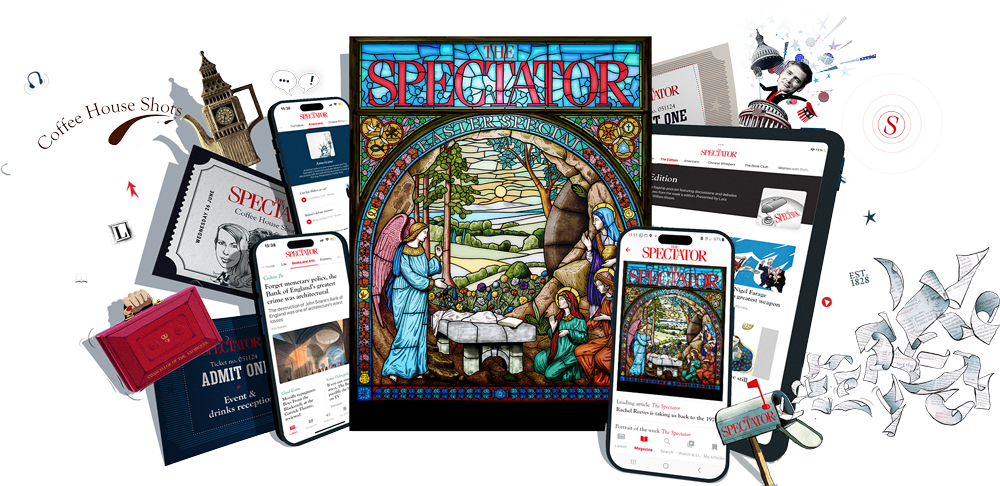Sir Peter Blake is much in demand. A popular figure since he rose to fame with his unforgettable design for the Beatles’ Sgt Pepper album (1967), he has long been a spokesman for his generation and for the arts. His knighthood in 2002 brought a whole host of new requests and obligations, much of it figurehead stuff: his name on lists of patrons, or as the chairman of selection committees. To take these things seriously is time-consuming, and Blake has to be rigorous about preserving his hours in the studio, where typically he is busy on a number of projects at once. On the eve of a retrospective of his paintings at Tate Liverpool (29 June–23 September) I visited him in his west London studio, which is a treasure-house of objects and art. Blake is an inveterate collector, and the studio is partly a museum or cabinet of curiosities, as well as being the place where he paints, draws, makes collages and assembles his box constructions and sculptures.
I asked him if he has a strong sense of public responsibility. ‘I’ve always felt that I wanted to give things back to art because it gave to me.’ Blake is known for his readiness to espouse a good cause or give freely of his time. In private life, he is equally generous, a loyal friend and supporter. The public figure and the private dovetail in terms of promoting a particular ethos: not quite Pop Art, though it encompasses some of Pop’s characteristics and coincidentally includes a number of celebrated pop musicians including Paul McCartney and Eric Clapton, and not quite a simple cult of celebrity, though Blake has always enjoyed the company of the show-biz famous. His world is unique: part archaising, with an obsessive interest in past art and artefacts, and part utterly contemporary.






Comments
Join the debate for just £1 a month
Be part of the conversation with other Spectator readers by getting your first three months for £3.
UNLOCK ACCESS Just £1 a monthAlready a subscriber? Log in